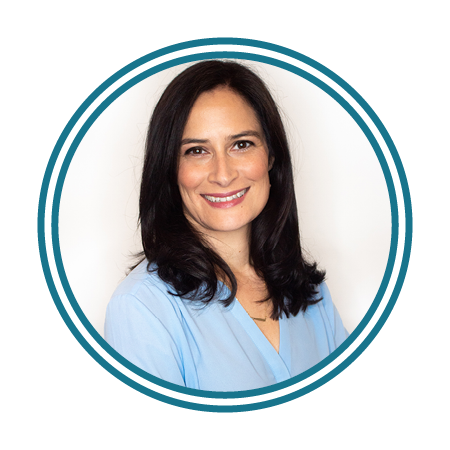As the saying goes, money makes the world go around… or in this case, a lack of money is keeping one state from kicking off an initiative that it has been planning for years.
On September 3, 2019, North Carolina Department of Health and Human Services Secretary, Mandy Cohen, announced that implementation of the state’s Medicaid Transformation would be delayed. Phase One was originally scheduled to go live on November 1, 2019, with the enrollment of Region 2 and 4 beneficiaries into managed care. While Open Enrollment will be extended for beneficiaries in these regions, managed care will now begin for all regions, statewide, on February 1, 2020.
WHY THE DELAY?
This announcement comes just three days after Gov. Roy Cooper vetoed a bill that would have set aside more than $200 million in 2020 and 2021 for the transition. This is just one of the recent examples of the ongoing budget impasse between democrats and republicans that have left NC without a 2019 budget.
In a DHHS Medicaid Managed Care Update webcast, Cohen explained that the continuing resolution budget did not allow for timelines to proceed as originally planned. Moving forward with managed care, paying the prepaid health plans (PHPs) requires a different funding authority and different kinds of funds that DHHS does not currently have. North Carolina’s Medicaid Transformation funding will come from taxes assessed on the PHPs and hospitals. Many states utilize these assessment fees, which ultimately provide states access to more federal funds, to pay for managed care, Medicaid expansion, and other innovations. Simply put without these funds, DHHS cannot afford to pay the PHPs.
WHAT DO I DO NOW?
Cohen indicated that, while not ideal, the delay will allow providers and PHPs more time to finalize contracts thus ensuring a more robust provider network upon implementation. She urged providers who have not yet engaged in contract negotiations to reach out to the PHPs and begin the process. Department leadership acknowledged that (as of the webcast) provider enrollment rates are not adequate because many hospitals and hospital-physician groups have not yet executed contracts with the PHPs. This is not for a lack of effort on the behalf of the providers, however. Many have come to the table only to be handed a contract to sign and return.
This “take it or leave it” approach does not meet the Department’s expectation that PHPs and providers both make a good faith effort to negotiate a contract. Additionally, the Advanced Medical Home model is very different from what the PHPs work within other states. This has resulted in contracting difficulties because the providers, the PHPs, and the DHHS have very different expectations of what contracting for this model will entail. Unless the PHPs begin to meaningfully engage with providers the additional time gained due to the delay will be fruitless.
You may be asking yourself, why does this matter right now? What is the rush if the program doesn’t start for another 5 months? In short, Open Enrollment works best when there is a robust provider network. The delay only pushed go-live, but beneficiaries in Regions 2 and 4 are in Open Enrollment and the rest of the state’s Open Enrollment period will begin October 15th. During this period, beneficiaries must choose their PHP for the upcoming year.
While there are many things that an individual might consider when selecting their health plan (e.g., value-added benefits, disease management programs, wellness incentives) one of the primary factors for selection is whether or not one’s primary care provider and the local hospital is in-network (contracted with the health plan). This decision is infinitely more difficult when one’s provider is not yet contracted with a health plan and often results in no selection or changing plans at a later date.
Beneficiaries who do not select a health plan during this time will be automatically assigned to a PHP by DHHS (based on an algorithm). Cohen stressed that all beneficiaries will have the right to change their PHP during the 90-day period following go-live (until April 30, 2020) to ensure they are enrolled in the plan that works best for them. Beneficiaries making an active choice is always the preferred method as it generally leads to better engagement and improves the continuity of care.
Having a stable membership from go-live is also of critical importance to the PHPs. Their contracts with the state require meeting timeliness standards for the completion of initial assessments. These initial assessments will help them to identify beneficiary needs and most importantly identify those beneficiaries that are high-risk (at risk for hospitalization). Quickly engaging at-risk members into the appropriate level of care management is key to the success of any managed care program; as care management has the greatest opportunity for reducing hospitalizations and improving outcomes. As such, care management is foundational to NC’s Medicaid Transformation design.
WHAT HAPPENS NEXT?
So for now DHHS will continue to operate its fee-for-service program and work with the PHPs, providers, and other stakeholders to get ready for February’s implementation. The state’s original plan was to begin with a “soft-launch” of the program; enrolling only 25 percent of the state’s Medicaid membership under Phase 1. This would have allowed DHHS to resolve issues before the full launch of the program, thereby reducing or eliminating the impact of problems on most beneficiaries.
Cohen admitted that the loss of the learning curve was a disappointment. She, therefore, urged stakeholders to provide timely feedback so that DHHS can work with the PHPs, other state agencies, and vendors to quickly address issues. Priority issues are being escalated to the DHHS SWAT team at [email protected].


